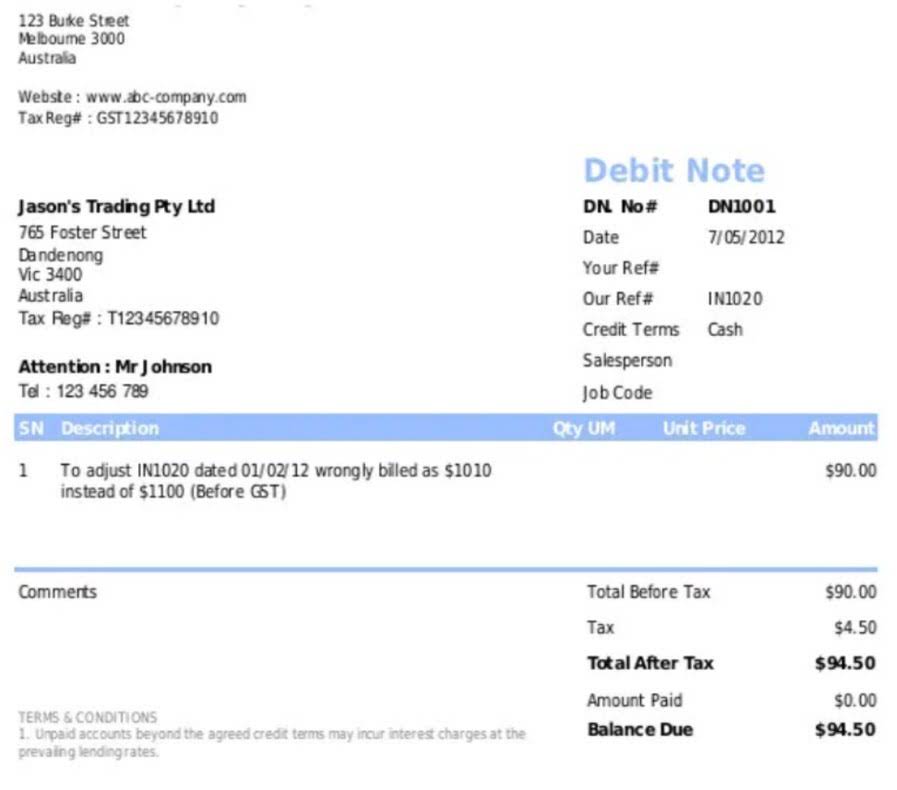FOB Destination Vs FOB Shipping Point Explained
Company B, a retailer, implemented F.O.B. shipping point terms to streamline their supply chain, resulting in increased customer satisfaction and reduced inventory holding costs. Manufacturers use F.O.B. shipping point to reduce transportation costs and lead times, enabling faster delivery to retailers. Retailers leverage F.O.B. shipping point to enhance inventory management and respond quickly to market demands. “FOB Shipping Destination,” or “Free On Board Shipping Destination,” is a shipping term used in the context of a sales contract, similar to FOB Shipping Point. However, the key difference lies in the point at which risk and responsibility transfer from the seller to the buyer.
- The configuration of an FOB shipping point contractually binds the buyer and the shippers unde the same liability once shipped.
- Although the accounting treatment mentioned above aligns with this, it’s worth mentioning that FOB shipping points and destinations transfer ownership at different times.
- In this article, we’ll dive into the details of each, exploring their pros and cons, legal requirements, negotiation tips, best practices, and more.
- The supplier takes full responsibility for the computers and must reimburse Company XYZ or reship the computers.
- Keep reading to learn more about this crucial shipping term so that you don’t get stuck footing the bill on your own.
Last Words: FOB Destination vs. FOB Shipping Point
Before negotiating, make sure you understand the consequences of using FOB shipping point or FOB destination for your purchase—in terms of costs, risks, and responsibilities. Some companies will offer different international shipping for different types of products. Read all contracts carefully, calculate potential costs, purchase insurance—and consider negotiating additional terms in your shipping or sales agreement to protect against losses. FOB status says who will take responsibility for a shipment from its port of origin to its destination port. It indicates the point at which the title of the goods transfers from the seller to the buyer, and therefore who needs to cover the costs of transit and deal with any issues.
- We follow strict ethical journalism practices, which includes presenting unbiased information and citing reliable, attributed resources.
- Some Incoterms can be used only for transport via sea, while others can be used for any mode of transportation.
- So, clarity in FOB terms ensures smoother transactions, accurate accounting, and effective management of the international shipping process.
- The choice between F.O.B. shipping point and destination can impact how revenue is recognized in accounting and may have tax implications.
- Retailers leverage F.O.B. shipping point to enhance inventory management and respond quickly to market demands.
Point of Transfer in FOB Shipping Point
Such disagreements, especially when goods are in transit or have already been delivered, can be both financially and operationally taxing. For FOB Shipping Point agreements, the buyer assumes the risk almost immediately after the transaction starts, which can be unnerving, especially for high-value goods or volatile shipping routes. Other terms, like CIF (Cost, Insurance, and Freight) or EXW (Ex Works), offer different arrangements regarding costs, responsibilities, and risk points. Throughout the transportation process, the seller remains the legal owner of the goods. Specifically, FOB indicates at which point the responsibility (and risk) of the shipped goods transfers from the seller to the buyer.
Incoterms for various transportation modes
- However, the buyer also assumes all responsibility for the goods during transportation, which can be a significant risk if the goods are expensive or fragile.
- Notably, some Incoterms are designed exclusively for sea transport, while others are versatile enough for any mode of transportation.
- It is important for buyers and sellers to carefully consider each option and to communicate openly about their needs and expectations.
- Shipping terms affect the buyer’s inventory cost because inventory costs include all costs to prepare the inventory for sale.
- These standards outline the respective responsibilities of buyers and sellers during export transactions.
This means the seller bears all costs and risks until the goods have been delivered to the buyer’s specified location. Consequently, the seller is responsible for any damages or losses that occur during transit. Imagine the same situation above, except Certified Bookkeeper the agreement terms are for FOB destination. Instead, the manufacturer retains ownership of the equipment until it’s delivered to the buyer. Both parties don’t record the sale transaction in their general ledgers until the goods arrive at the buyer’s location.
A manufacturer based in Sweden agrees to export industrial machinery to a distributor in Norway. That means that the seller’s responsibility ends once the machinery is loaded at the port of Stockholm, Sweden. From this point, if the machinery is damaged or lost, the importer cannot ask the manufacturer to reimburse them as ownership and liability have been transferred. As global trade continues to grow, the usage of F.O.B. shipping point is expected to rise, driven by the need for cost-effective and efficient supply chain solutions.











